'Every time I got near my dog, she ran off with the fish!' Ben Randall on how to train a disobedient dog
Some dogs quickly pick up the basics of training — yet somehow only respond seven or eight times out of ten. If that sounds like you, help is at hand: expert trainer Ben Randall explains how to train a disobedient dog.
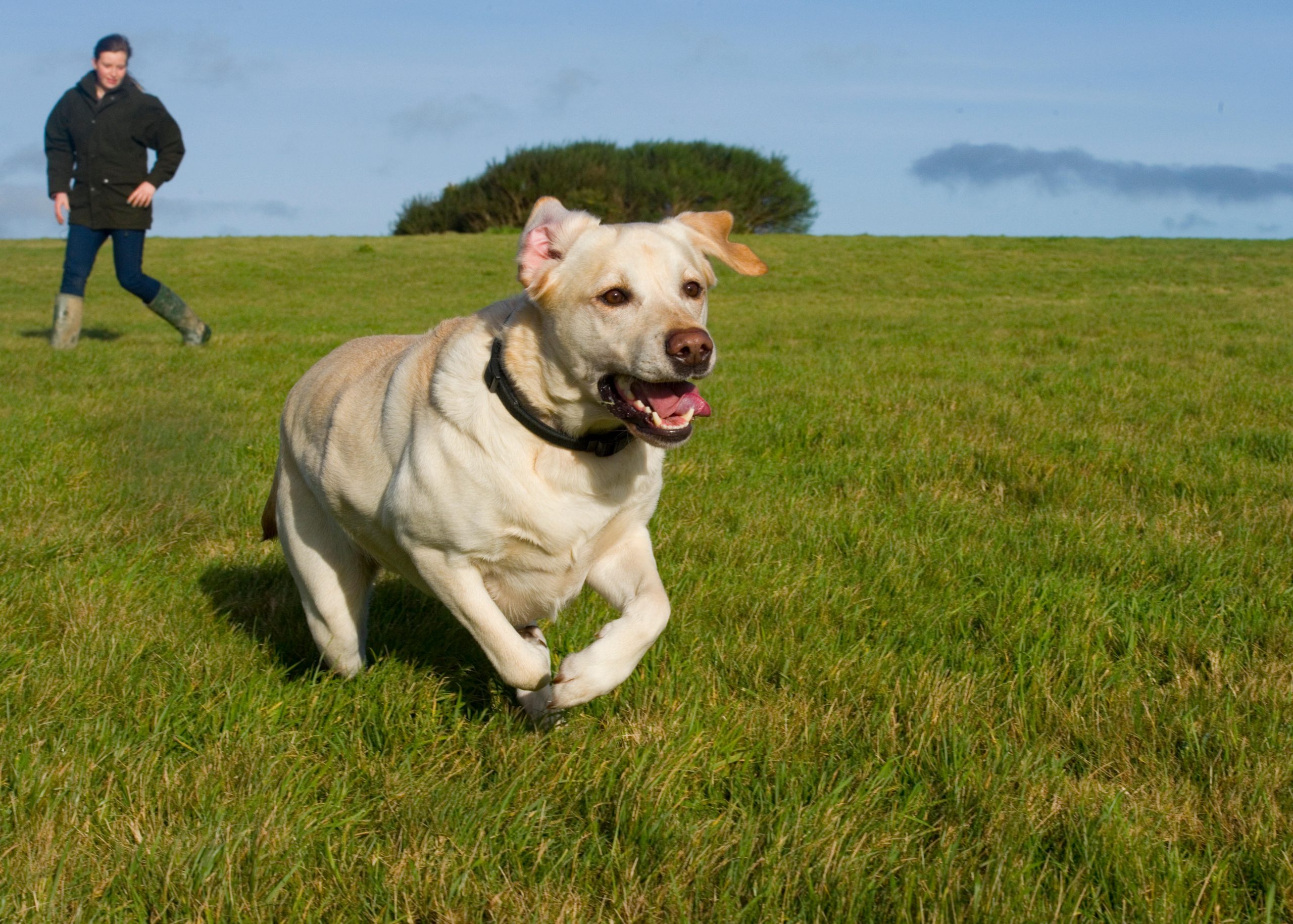

As much as we adore our dogs, those of us who own them have to admit that — no matter how well they’re trained — at times, they can let us down.
And, more often than not, these misdemeanours are likely to involve food — usually someone else’s, not their own — and the ability to become selectively deaf by not coming back when they are called.
These are exactly the sort of issues faced by, C.B. who recently shared her young dog’s story via paws-for-thought@futurenet.com
‘Dear Ben, my dog (a corgi x Bichon Frisé) is two and a half years old. We’re constantly working on her recall and, 80-90% of the time, she is great at it and loves racing back to us for some treats. Recently, when walking off the lead in the country park, she discovered a dead fish in the grass. She is absolutely food obsessed and nothing I did — I could have offered her a steak! — would get her to stop eating the fish and come back to me. I couldn't get near her as, every time I did, she ran off with the fish. In the end, I just had to sit and wait until she had eaten it all.'But then she senses she has been naughty and so will not come close. She will follow at a distance, but never get close enough so that I can her on a lead. I sat down and threw her some treats to try to get her to come closer, but she wouldn’t. I only got her back after about 20 minutes, and only then because our dog walker happened to go past — when my dog rushed up to say hello to him, he grabbed her. Another time, she got out of the garden gate and treats wouldn't tempt her back as there was a bin containing some edible rubbish nearby that was much more interesting. In the end, a kind neighbour used their dog as a temptation to get her to come back to us.'We've taught her the leave and drop command, which, again, she can be great at. But if we are out and about she sees something edible before we do, it's too late to use the command. We've used a long lead, but she knows the difference, so behaves herself on that! Should I use higher value treats, or try to get her interested in a toy to get her attention? She likes toys, but hasn't really got a favourite obsession — just food! Any advice would be greatly appreciated.’
From your letter, I can see that you are using lots of treats to try to train your dog. The trouble with this is that you can end up bribing your dog to complete a task, or to listen to commands. That can feel like it's working in some contexts, as you’ve discovered — but it hides a problem. When your dog deems the treats as being less valuable than the distraction they’ve spotted — whether that’s another dog or person or something that they want to eat, such as a fish — that method doesn't work.
Furthermore, your dog has got used to the fact that you’re probably going to treat her when she comes back to you, anyway. It's a bit like when you have a child and you say: ‘No, you can’t have any pocket money until you are good,’, only to cave in at the end of the week for the sake of an easy life, despite them not being well behaved or doing what you’ve asked of them. You then have to ask yourself what are you teaching that child, or in this case, your dog? The difficulty with that is, of course, that you are basically training your dog to disrespect you.
But there’s an answer. What you need to do is strip the training right back and go right back to the basics.
That might sound daunting, but it’ll happen quickly. Within a week of training and adopting these methods and teaching these new commands, you’ll develop a more positive and rewarding relationship with your dog.
Exquisite houses, the beauty of Nature, and how to get the most from your life, straight to your inbox.

How to train a disobedient dog
1. Stop letting your dog off the lead for a while
To start off with, negate the issues of scavenging food that you don’t want her to eat or running off by keeping her on the lead, especially in environments in which you could potentially lose contact with your dog. Until you’ve got this sorted out, you don’t want to be in a situation that could further compound these issues.
2. Make the training treat a reward for continued good behaviour, not just for completing a task
To begin retraining, you need to deploy my BG rewards methods: reward a dog for continued good behaviour, whether that be through praise or a food reward, or a toy or ball or something else that the dog really values. The word ‘continued’ is key.
Let me give you an example. If I was to call your dog to me five or six times, I would only reward the dog on the fifth or the sixth time, rather than every time. She’ll soon learn that she has to do the right thing a number of times before she gets the reward of food, or lavish praise.
In essence, you are making the dog realise that she has to work harder and repeatedly, and to learn the commands before she gets a reward. Eventually, your little dog will begin to trust and work more closely with you, because she knows that her reward will come if she listens to you. Over the decades of training my dogs and thousands of clients’ dogs all over the world, I know that the best way to develop a partnership and trust with your dog is by using these kind and positive rewards-based methods.
3. The four key commands to teach your dog
It’s hugely important that you need to teach your dog that the lead is a positive thing, not a negative. The other commands you need to focus on are teaching your dog to sit, and show patience; teaching her the leave command; and revisit your dog recall training.
4. Don’t forget to have fun
As well as these training routines, I also think that your dog would benefit from playing a game of seek with you. You could do this with a toy. What I would do is take all of the toys away apart from her favourite one, and play this game multiple times per day. Sit her up in the kitchen, show her the toy, leave the room and put it somewhere else — either in the lounge or a hallway — then walk back to your dog, point in the direction of where the toy is and give the ‘fetch’ command. She will then seek and find it using her nose and natural instincts to locate the reward.
You need to practice this multiple times, and once you are happy with how it’s going indoors — by which I mean she has worked out how to play it with you, and successfully played lots of times — then I would transfer this out into the garden. Once you’ve got that down, you can move into a busier outside environment, such as the country park or somewhere similar. However, you must always remember to perfect the game in a calm and relaxed environment before you try it in a more distraction-filled environment.
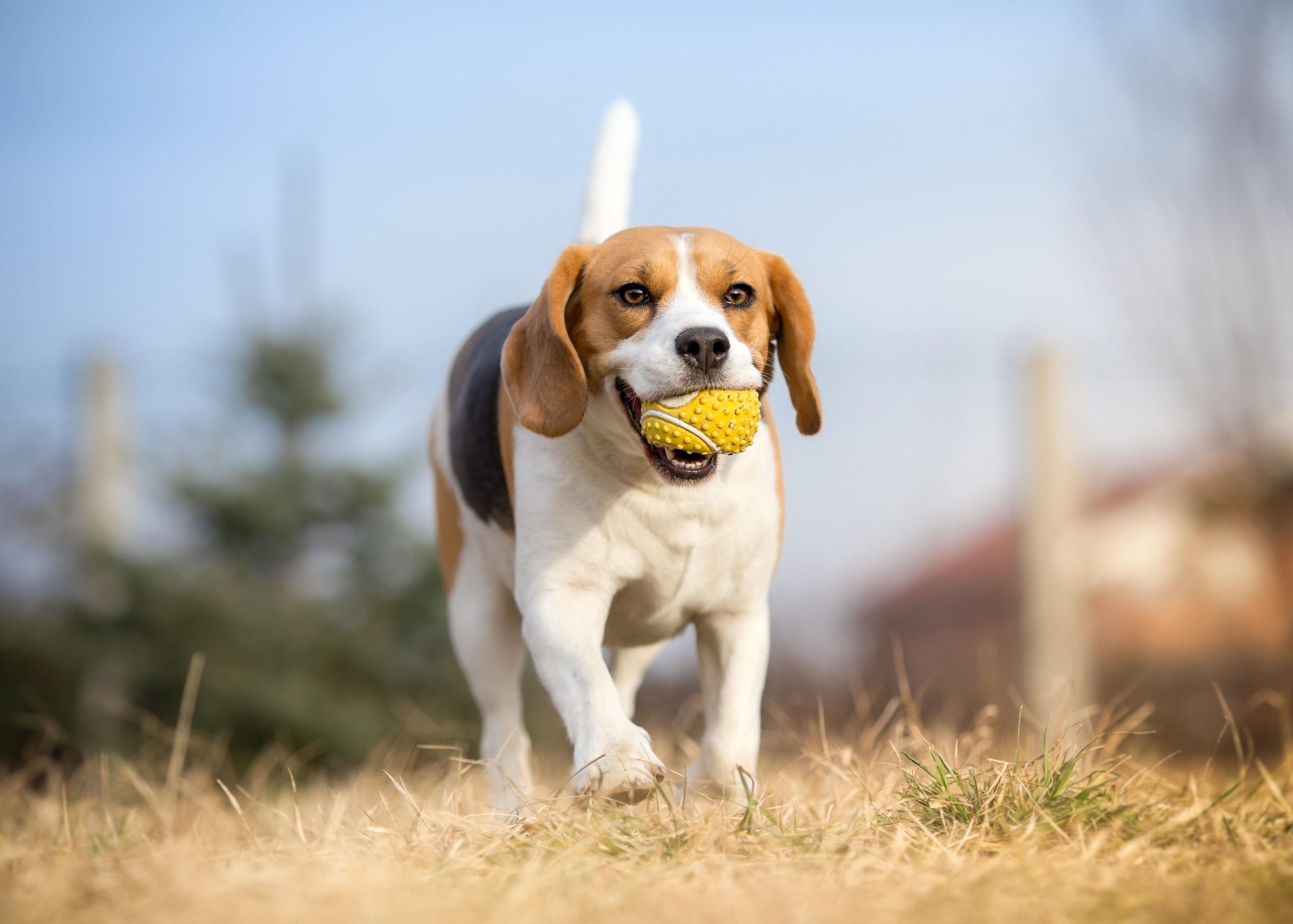
5. Teaching patience is at the heart of it
To recap, we need to teach your dog to understand commands and to sit and wait patiently for a period of time during which you have built up distractions. Your dog also needs to understand the leave command, whether that be leaving an object, a person, another animal such as a squirrel or dog, or some food on the ground, and she needs to have a really good recall — not just 80 or 90% of the time, but 100% of the time. You would need to call her name — I prefer to use a whistle, by pipping 3 or 4 times in quick succession — and to keep playing this fetch and seek game, which will enable you to build a better and more trusting bond with your dog so that she is less likely to want to run off.
She is going to look to you all the time for your commands, because all of her fun will come from you. When you reach this point, you’ll have retrained her to know that you aren’t just going to give her a treat for any old thing; you’re only going to give her a treat when she does things right, and when she does things right consistently.
And you can do it — it’s not rocket science. Follow these steps you will both be a lot happier and less worried —and you will eventually get to the stage where you can have her off the lead again. That’s because you’ll have taken the time to rebuild your partnership so that it really works, all of the time.
I’ve been perfecting my BG (Beggarbush) foundation methods for nearly 20 years — you can learn more via @beggarbush on Instagram and my dog-training app (this link will let you get a free trial) or ask me your own question by emailing paws-for-thought@futurenet.com
For more detailed advice about Ben Randall’s positive, reward-based and proven BG training methods, one-to-one training sessions, residential training or five-star dog-boarding at his BGHQ in Herefordshire, telephone 01531 670960 or visit www.ledburylodgekennels.co.uk. For a free seven-day trial of the Gundog app, which costs £24.99 a month or £249.99 a year, visit www.gundog.app/trial.
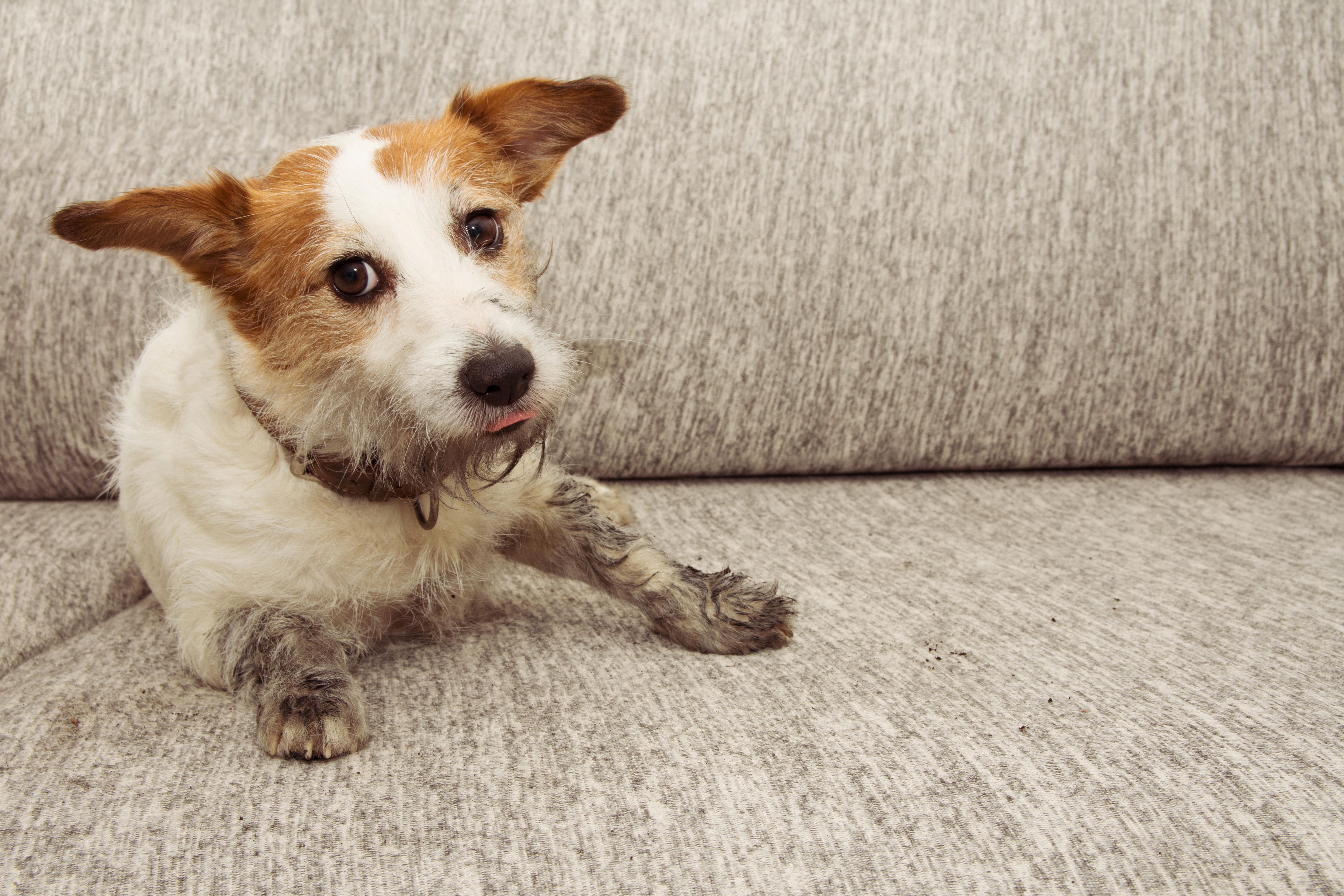
Credit: Alamy
How to keep a dog off the sofa, by top trainer Ben Randall
Fed up with Fido leaping onto the furniture — whether it's your sofa, armchair, or your bed — whenever he

Credit: Alamy
How to take your dog to the pub, by expert trainer Ben Randall
Enjoying a drink in a lovely country pub with your dog snoozing quietly at your feet is one of the
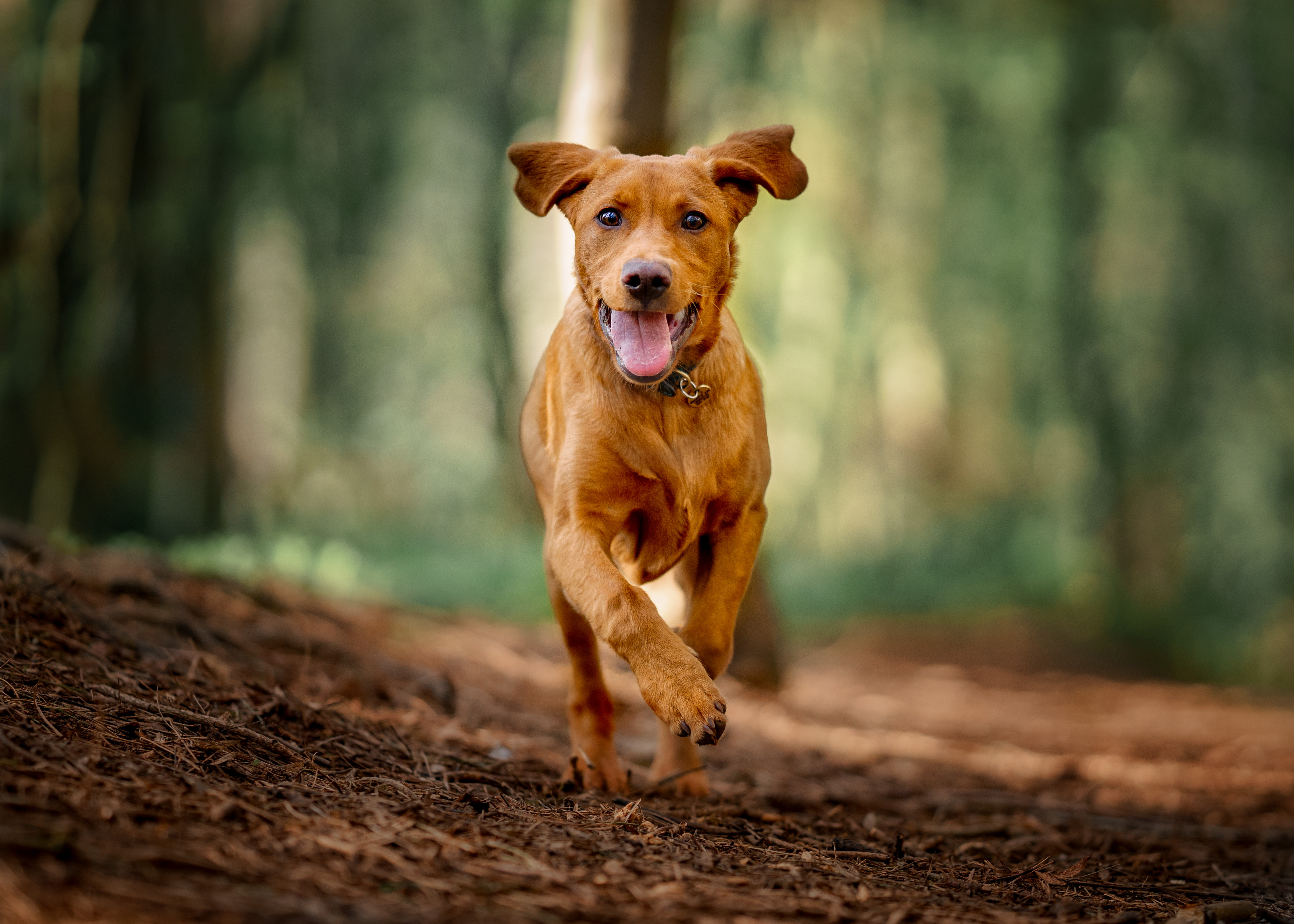
Credit: Getty Images
Dog recall training: Six tips from champion dog trainer Ben Randall
Training your dog is not easy — and with the huge recent rise in dog ownership, it's never been a better
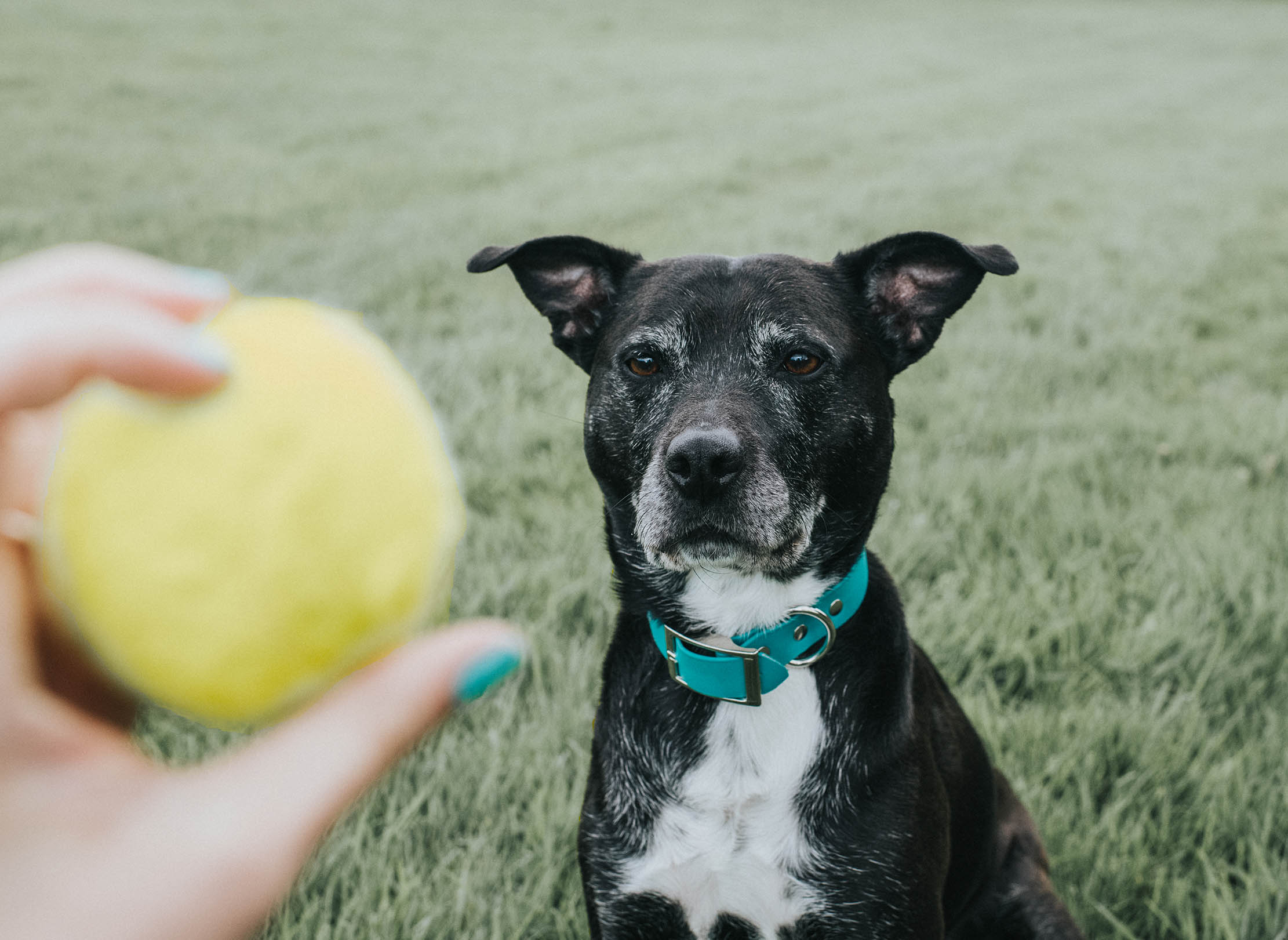
How to get your dog to play fetch, by expert trainer Ben Randall
There are plenty of dogs who'll run all day playing fetch, or who'll do anything for a bit of kibble.
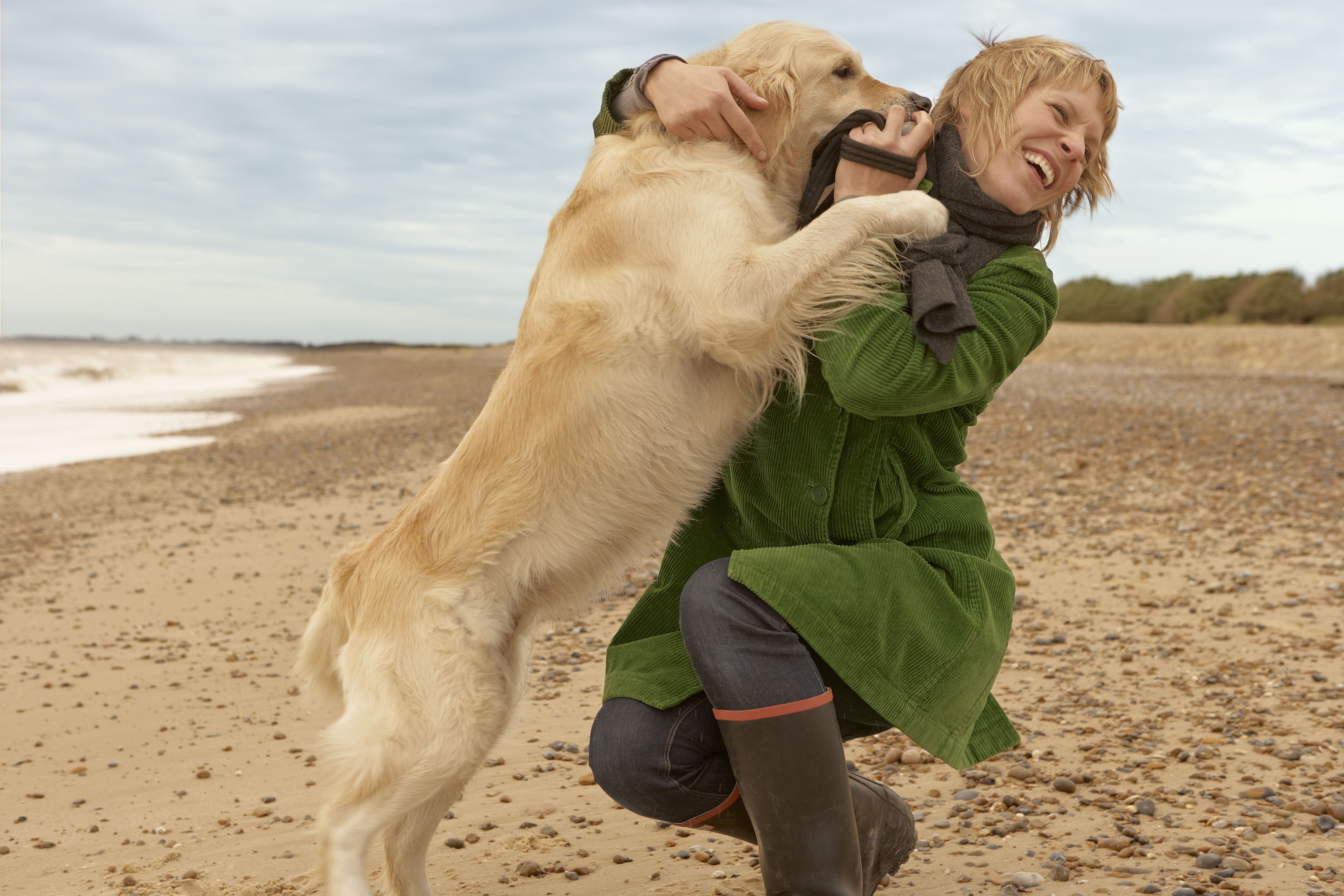
How to stop your dog jumping up, by expert trainer Ben Randall
It’s easy to dismiss our dogs’ love of jumping up on us — and other people — as friendly boisterousness,

How to stop your dog from barking on a walk: Five tips from top dog-trainer Ben Randall
While out on a walk, it’s not always easy to stop your dog from barking at people — and if

How to stop a dog getting jealous when you're playing with someone else's pet, by expert trainer Ben Randall
Dogs are loyal, faithful and delightful partners in your life — but they're no more immune to the green eyed
-
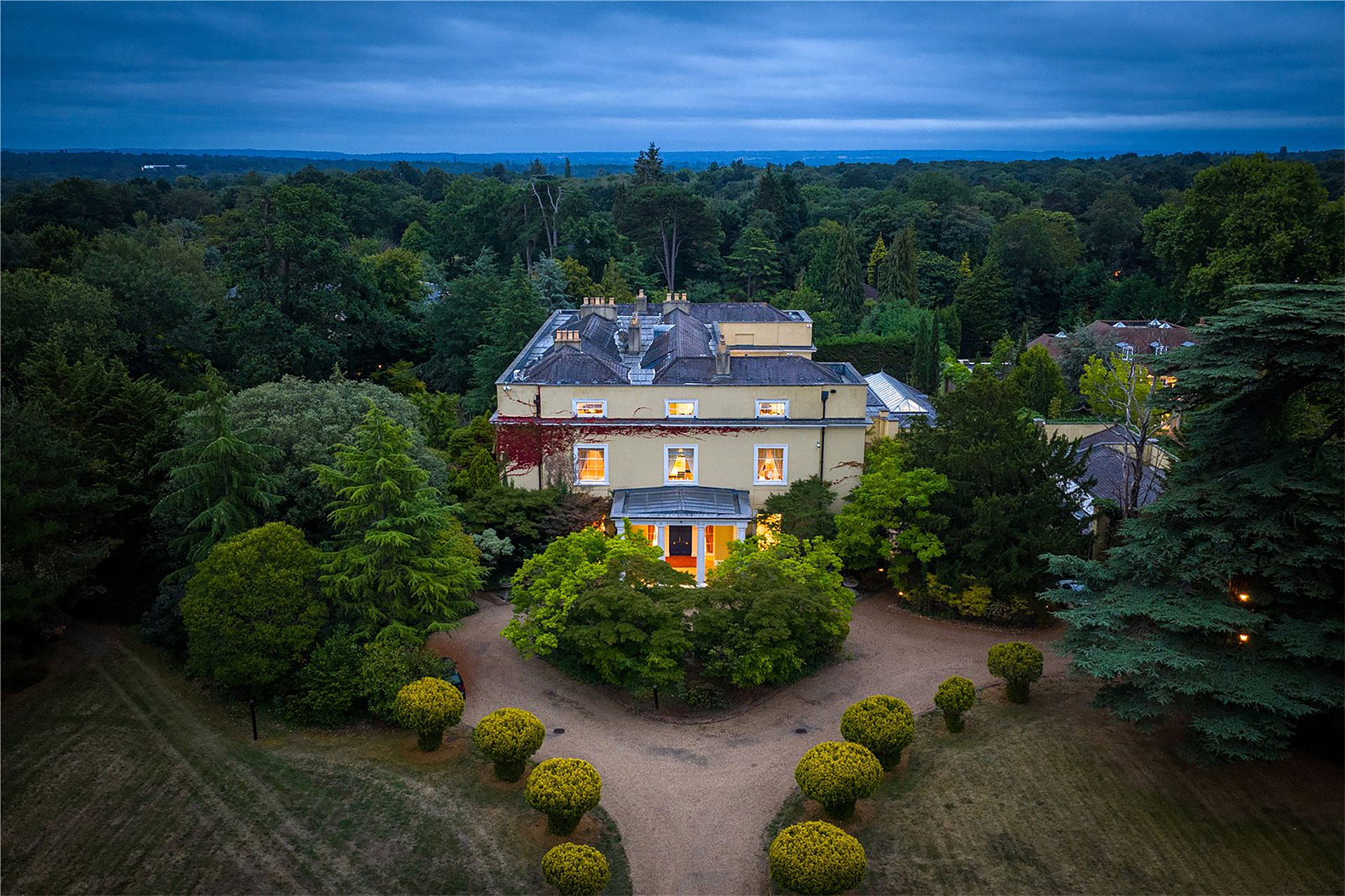 'A masterpiece of timeless elegance' for sale on the charmed Surrey estate once owned by Henry VIII and the Guinness family
'A masterpiece of timeless elegance' for sale on the charmed Surrey estate once owned by Henry VIII and the Guinness familyThe Manor House in Burwood Park is a grand, enormous and undeniably impressive. Annabel Dixon takes a look.
-
 Remembering the Country Life Quiz of the Day by doing the Country Life Quiz of the Day, December 2, 2025
Remembering the Country Life Quiz of the Day by doing the Country Life Quiz of the Day, December 2, 2025Today's quiz is about the quiz. Every question has been asked before. Can you get 10/10?
